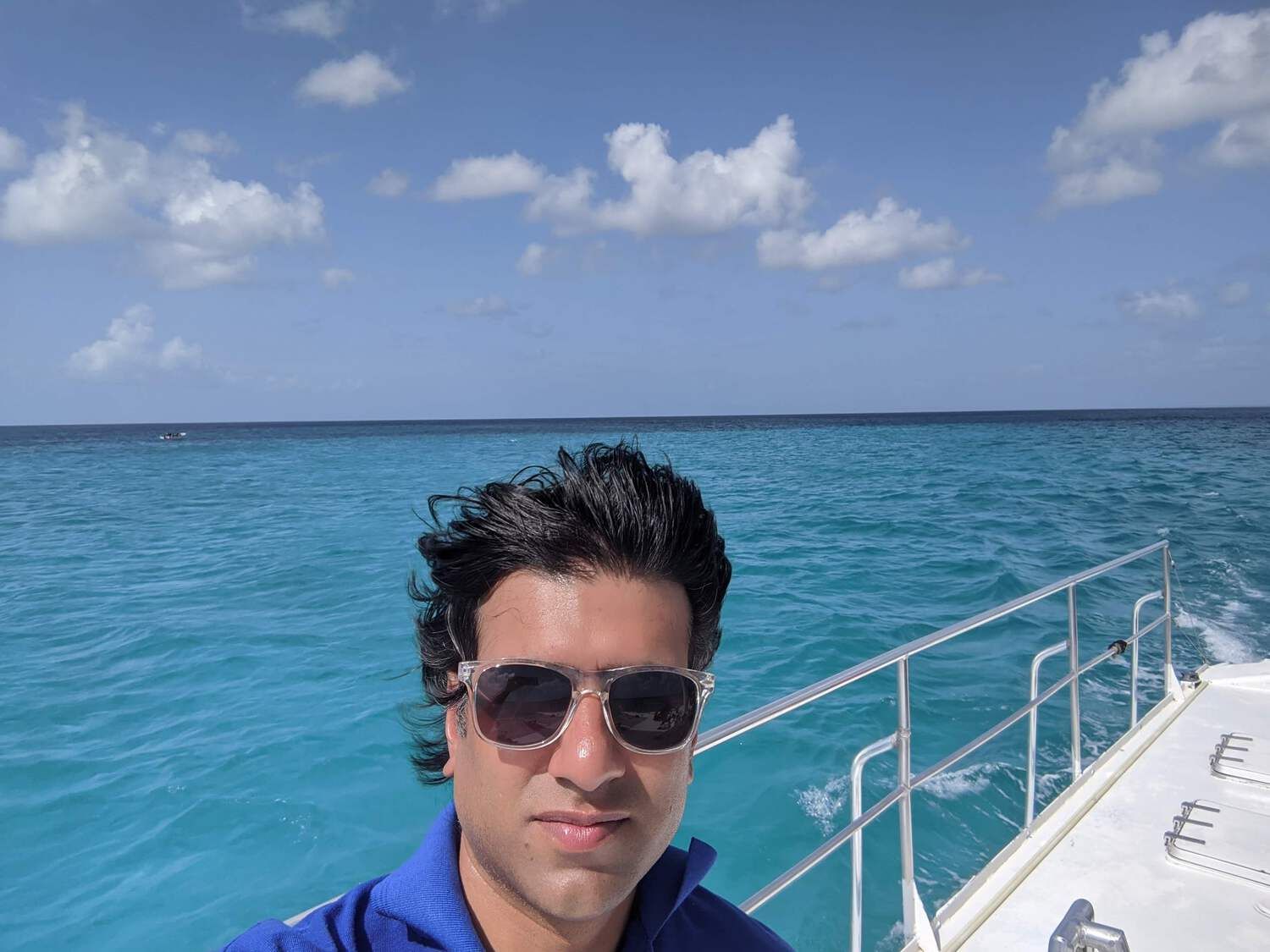Natural Laws vs Man-made Laws
An American’s experience in Luxor made me write this. The story is long and vivid, but the core theme is how she and many other foreigners were duped into buying and then selling properties losing money in the process.
An American’s experience in Luxor made me write this. The story is long and vivid, but the core theme is how she and many other foreigners were duped into buying and then selling properties losing money in the process.
While Sitting at a local restaurant in Cairo, Egypt, I deliberated between Subia and Dom Palm to drink. Two adult women, the mother (in-law?) wearing a burqa and the daughter (in-law?) wearing an abaya sat in front of me. The third member of their party was a little girl, wearing a bright pink frock. She was small enough to be placed right on the table. Dom Palm, I decided, will be the “authentic” Egyptian taste for tonight.
The Tijuana border (between the US and Mexico) is one of the busiest land crossings in the world.
गाँव में रहने वाला लड़का घर में “नींबू-पानी” पीता है । शहर में जाता है तो उसको “शिकंजी” बोलने लगता है । फिर फ़ाइव-स्टार होटेल में जाता है, और “लेमोनेड” ऑर्डर करता है । विदेश-यात्रा पर जाता है, तो उसी नींबू-पानी को “व़र्जिन-मोहीतो” कहना सीख जाता है । कुमार विश्वास

I stared at the clothing in the souvenir shop. “Cancún” is written on the cap. “Cancún” is written on the chest. Cancún written on the derrière. In myriad fonts and sizes. I wondered who buys all these souvenirs. I have occasionally purchased souvenir clothing in the past. But it is usually lower quality, overpriced, and seems to give a garish look. Then this guy steps into the shop.

An expensive place full of tourists is considered a popular destination. While an inexpensive place full of tourists will be called a crowded one. An expensive place lacking tourists is termed an exclusive destination. While an inexpensive place lacking tourists is considered deserted. It is never about other tourists, it is always about how much you spent.
A new Indian restaurant had opened within walking distance of where we live. We, actually, discovered it on the day of its inauguration ( Muhurta). The owner politely told us to come back the next day. We did. We were fifth in the queue on a long line outside the restaurant. A phone call came in from an acquaintance. The call was a good way to pass an hour-long wait. We would have certainly left the queue otherwise.
After renting a moped in Thailand, I stopped at a small shop to ask for a petrol pump/gas station. Instead, the shop owner handed me a bottle of gasoline for purchase. “Must be a peaceful country where they can sell gasoline in bottles.”, I said to myself, “In most parts of the world, people would use this as a petrol bomb during violent protests and riots.”
He is living in Europe. He is an American citizen. His parents are from Mexico. In Europe, he is an American. In America, he is Hispanic/Mexican. In Mexico, he is a Mexican of European descent.
Indian doctor After having continuous hiccups for ~24 hours, I walked to a nearby doctor’s clinic. " Uncle kaafi der se hitchkiyaan aa rahi hai, iska…" (I am having hiccups for a long while, can something…) [interrupted] He replies in a loud voice, " Beta, hitchkiyoon ka koi ilaaj nahi hota, kai baar mujhe aati hai" (Son, there is no cure for hiccups, sometimes, I have them for days) The tone was part patronizing and part condescending. Total Bill: 0 ₹ Embarrassment quotient: 10/10 ...